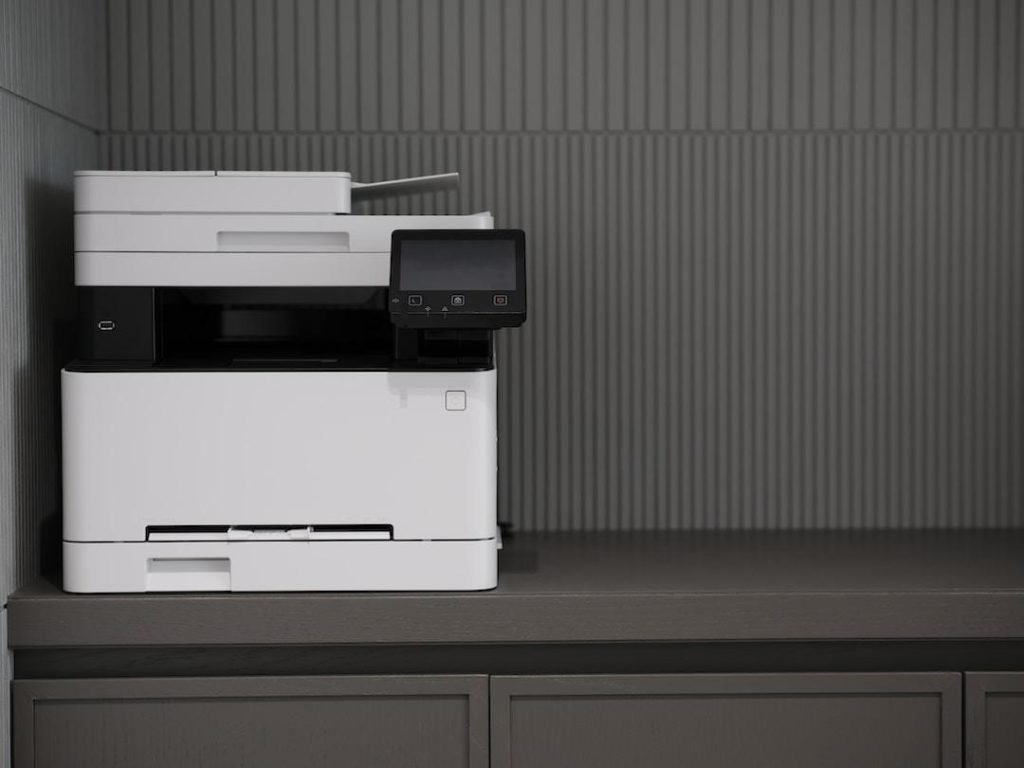With the fast-paced development of technological tools, adhering to compliance measures is becoming increasingly significant. It not only protects one from hefty penalties but also garners consumer trust and protects private healthcare information. Keep reading to get a clearer understanding of the much-needed response to the question, how do I make my fax HIPAA compliant?
Understanding HIPAA and its Importance in Fax Communication
The Health Insurance Portability and Accountability Act (HIPAA) is a regulation established in 1996 to protect patient’s sensitive health information from being disclosed without consent or knowledge. The Act applies to health care providers, medical clearinghouses, and health plans.
As fax continues to serve as an essential communication tool in many sectors, including healthcare, it’s critical to ensure that it’s HIPAA-compliant. This is because any breach in fax communication can lead to unauthorized access and misuse of personal health information which HIPAA seeks to prevent.
Fax messages containing Protected Health Information (PHI) must, therefore, adhere to the same security measures as other forms of electronic communication. This ensures that only authorized personnel can access and retrieve the information sent through fax.
Adherence to HIPAA Regulations
Alt Text: Stacks and stacks of papers and files fill a table.
Adherence to HIPAA regulations for your fax means several things: It ensures that any fax containing PHI is sent and received securely, only accessible to authorized individuals, stored securely, and destroyed appropriately when no longer needed.
Also, adhering to HIPAA regulations means you must continually keep abreast of any amendments to the Act, ensuring that your fax communication aligns with these changes. This may demand some level of training for effective implementation.
Ways To Make Your Fax HIPAA-Compliant
To make your fax HIPAA-compliant, you must start by having a clear understanding of what constitutes PHI under HIPAA. This may include information such as patient name, address, health condition, and treatment information, among others. Any fax communication containing this information must be securely transmitted, received, stored, and disposed of.
Secondly, ensure that only authorized personnel can access the fax machines. This involves establishing well-controlled access rights and having the machines in secure locations.
Thirdly, ensure the right storage for faxes containing PHI. This means that the fax machine’s memory should be shielded from unauthorized access and any printed materials securely filed or disposed of.
Lastly, provide adequate training to personnel who handle fax communication. This will ensure they understand the firm’s regulations and know how to handle any potential breaches in fax communication.
Secure Fax Services in Maintaining HIPAA Compliance
Alt Text: A fax machine sits on the corner of a desk in an office.
Secure fax services play a fundamental role in HIPAA compliance. For instance, these services offer functions such as secure transmission and storing of faxes, password protection, and encryption services which all bolster the security of fax communication.
Additionally, they can provide detailed audit trails, showing who sent or received a particular fax, at what time, and the security measures activated during the transmission. Such audit trails are crucial in proving compliance during audits or investigations.
Moreover, secure fax services also provide breach mitigation services. In case of any breaches, these service providers can help mitigate damages, assist in informing affected parties, and put in place measures to prevent similar occurrences in the future.
In essence, leveraging secure fax services can save you the rigor of ensuring compliance and give you peace of mind knowing there’s an extra layer of protection for your fax communication. Remember, preserving the integrity, privacy, and security of healthcare information is a collective responsibility for all stakeholders.

